A fast restoration method for Hyperspectral image of NLRTAPC
DOI: 10.23977/jipta.2025.080111 | Downloads: 16 | Views: 966
Author(s)
Bo Li 1, Xue Yan 1, Xiaowei Yuan 1, Juan Deng 1, Wangyu Liao 1
Affiliation(s)
1 School of Information and Engineering, Sichuan Tourism University, Chengdu, 610100, China
Corresponding Author
Wangyu LiaoABSTRACT
Hyperspectral image(HSI) is an image cube with continuous narrow bands as the dimension, which has the advantages of high precision and multiple details. The most typical problem is that the HSI has a large capacity and is prone to mixed noise. When using the NLRTAPC model to denoise and restore HSI, a large amount of computer resources need to be consumed, so the efficiency is low when on a single machine system. In response to this, the paper proposes a fast processing method, this method takes Hadoop as the processing platform, deploys the NLRTAPC method on the nodes of Hadoop, and in addition, takes the Artificial Bee Colony algorithm(ABC) as the optimization tool, which is responsible for the optimal configuration of the number and parameters of the slices, and the NLRTAPC of each node runs in a distributed parallel manner to restore the slices. When all the nodes are finished, the final results of the nodes are spliced in order, so as to realize the rapid processing of the HSI. After simulation experiments and data analysis, the efficiency of this method is more than a dozen times higher than that of the single machine processing platform, showing the advantages of fast efficient and low error rate.
KEYWORDS
Hyperspectral Image(HSI), Artificial Bee Colony Algorithm(ABC), HadoopCITE THIS PAPER
Bo Li, Xue Yan, Xiaowei Yuan, Juan Deng, Wangyu Liao, A fast restoration method for Hyperspectral image of NLRTAPC. Journal of Image Processing Theory and Applications (2025) Vol. 8: 89-97. DOI: http://dx.doi.org/10.23977/jipta.2025.080111.
REFERENCES
[1] Chen Y, He W, Yokoya N, et al. Hyperspectral Image Restoration Using Weighted Group Sparsity-Regularized Low-Rank Tensor Decomposition[J]. IEEE Transactions on Systems, Man, and Cybernetics, 2019: 1-15.
[2] Fan H, Chen Y, Guo Y, et al. Hyperspectral image restoration using low-rank tensor recovery[J]. IEEE Journal of Selected Topics in Applied Earth Observations and Remote Sensing, 2017, 10 (10): 4589-4604.
[3]He W, Zhang H, Shen H et al. Hyperspectral image denoising using local low-rank matrix recovery and global spatial–spectral total variation[J]IEEE J. Sel. Topics Appl. Earth Observ. RemoteSens, 2018, 11 (3): 713-729.
[4] Hz A, Xx A, Jn B. Hyperspectral image denoising via global spatial-spectral total variation regularized nonconvex local low-rank tensor approximation[J]. Signal Processing, 2020, 178.
[5] Ji T Y, Huang T Z, Zhao X L, et al. A non-convex tensor rank approximation for tensor completion[J]. Applied Mathematical Modelling, 2017, 48: 410-422.
[6] Jiang J, Yang J, Cui Y, et al. Mixed noise removal by weighted low rank model[J]. Neuro computing, 2015, 151 (2): 817-826.
[7] Jin Z, Wan Z, Jiao Y, et al. An Alternating Direction Method with Continuation for Nonconvex Low Rank Minimization[J]. Journal of Scientific Computing, 2016, 66 (2): 849-869.
[8] Shi Q, Cheung Y, Zhao Q, et al. Feature Extraction for Incomplete Data Via Low-Rank Tensor Decomposition With Feature Regularization[J]. IEEE Transactions on Neural Networks, 2019, 30 (6): 1803-1817.
| Downloads: | 2655 |
|---|---|
| Visits: | 196731 |
Sponsors, Associates, and Links
-
Power Systems Computation
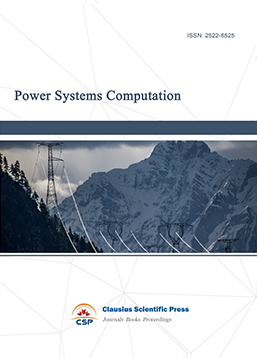
-
Internet of Things (IoT) and Engineering Applications
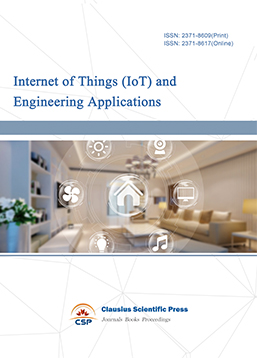
-
Computing, Performance and Communication Systems
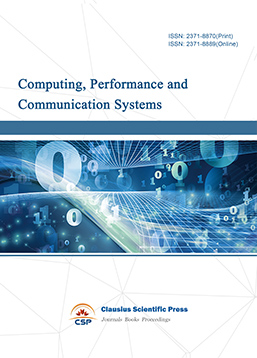
-
Journal of Artificial Intelligence Practice
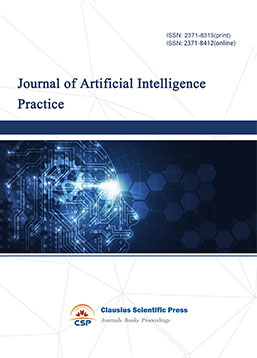
-
Advances in Computer, Signals and Systems
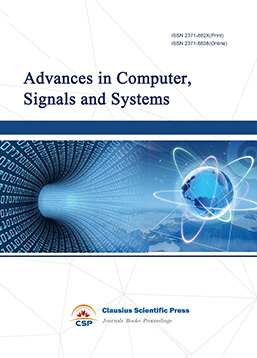
-
Journal of Network Computing and Applications
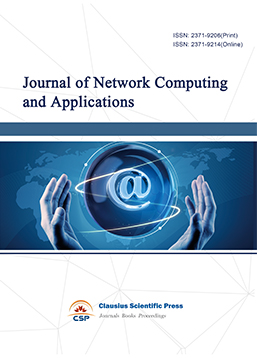
-
Journal of Web Systems and Applications
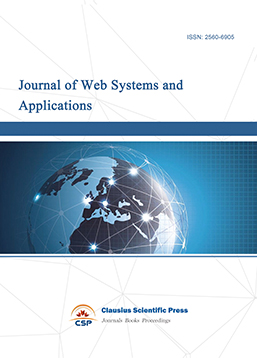
-
Journal of Electrotechnology, Electrical Engineering and Management
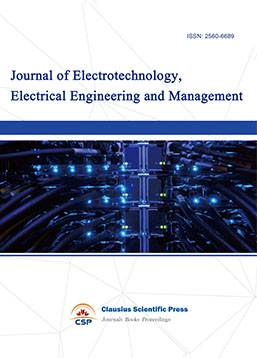
-
Journal of Wireless Sensors and Sensor Networks
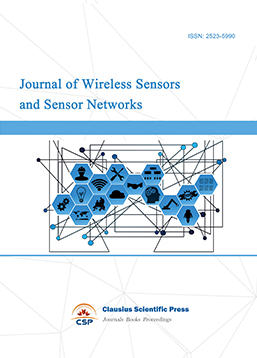
-
Mobile Computing and Networking
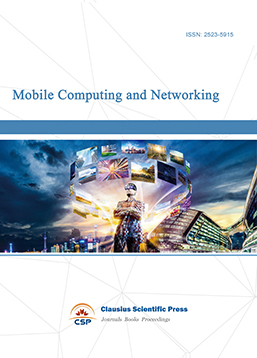
-
Vehicle Power and Propulsion
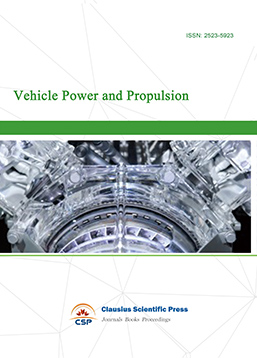
-
Frontiers in Computer Vision and Pattern Recognition
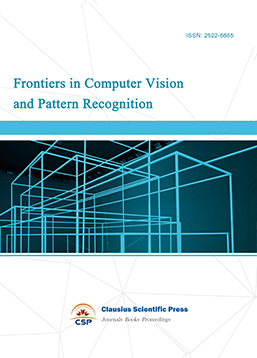
-
Knowledge Discovery and Data Mining Letters
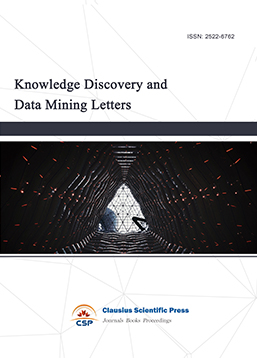
-
Big Data Analysis and Cloud Computing
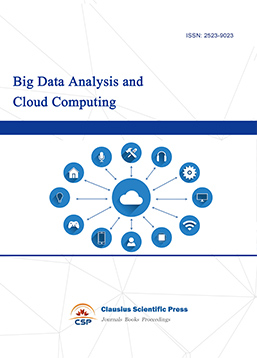
-
Electrical Insulation and Dielectrics
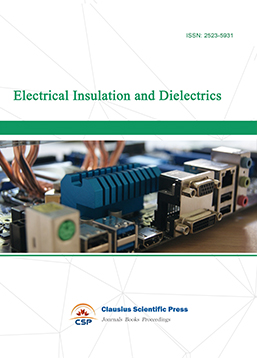
-
Crypto and Information Security
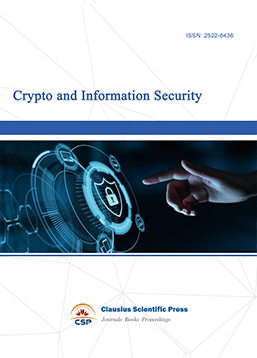
-
Journal of Neural Information Processing
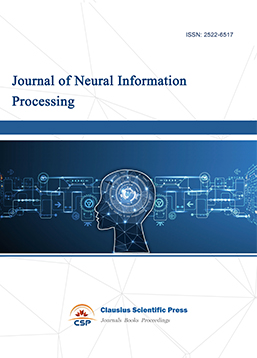
-
Collaborative and Social Computing

-
International Journal of Network and Communication Technology
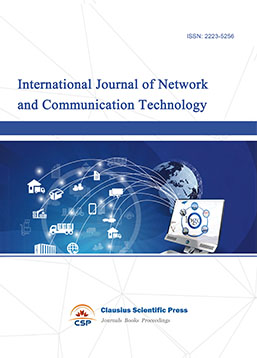
-
File and Storage Technologies
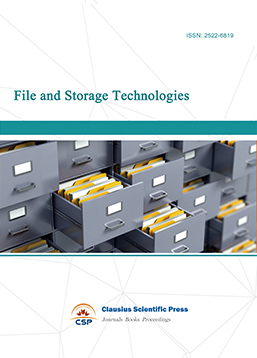
-
Frontiers in Genetic and Evolutionary Computation
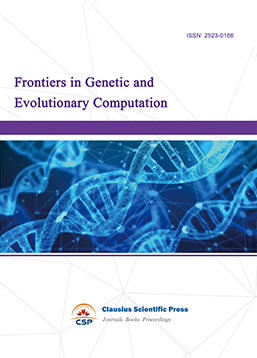
-
Optical Network Design and Modeling
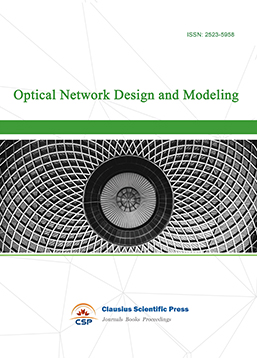
-
Journal of Virtual Reality and Artificial Intelligence
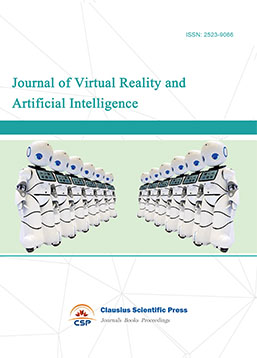
-
Natural Language Processing and Speech Recognition
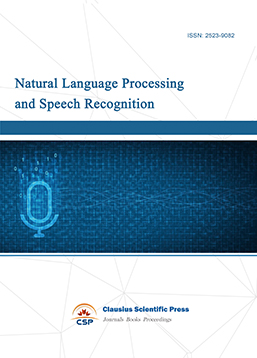
-
Journal of High-Voltage
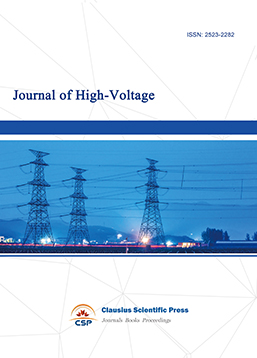
-
Programming Languages and Operating Systems
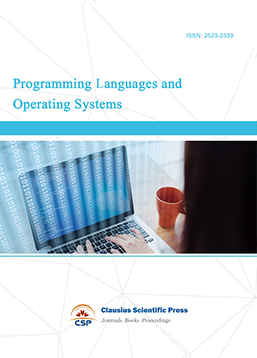
-
Visual Communications and Image Processing
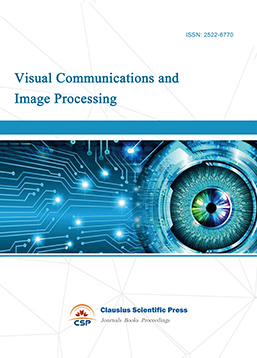
-
Journal of Systems Analysis and Integration
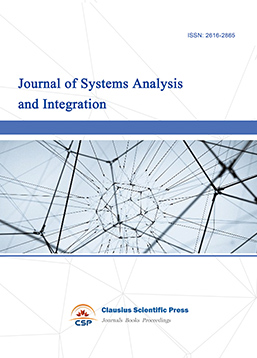
-
Knowledge Representation and Automated Reasoning
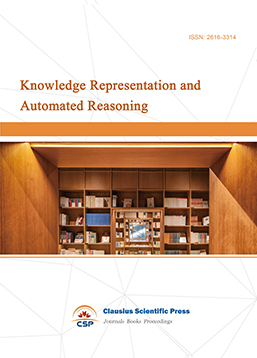
-
Review of Information Display Techniques
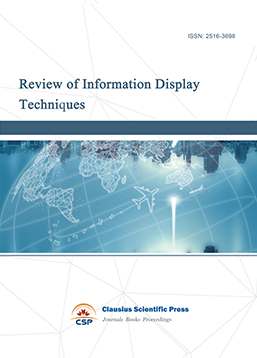
-
Data and Knowledge Engineering
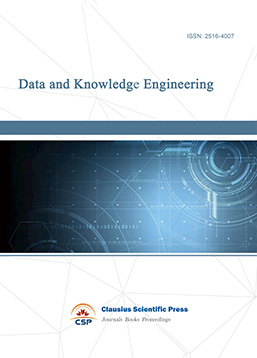
-
Journal of Database Systems
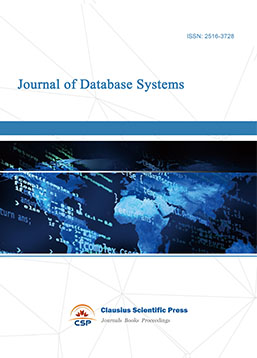
-
Journal of Cluster and Grid Computing

-
Cloud and Service-Oriented Computing
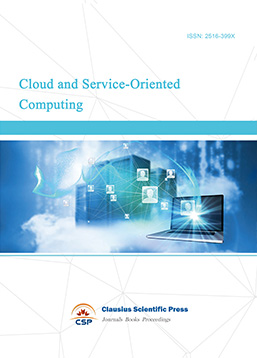
-
Journal of Networking, Architecture and Storage
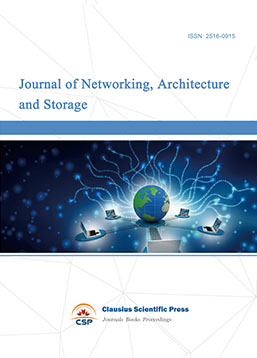
-
Journal of Software Engineering and Metrics
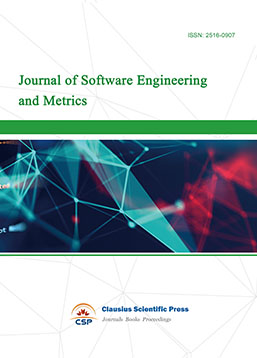
-
Visualization Techniques

-
Journal of Parallel and Distributed Processing
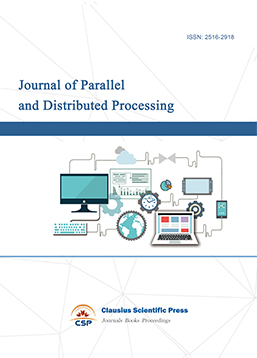
-
Journal of Modeling, Analysis and Simulation
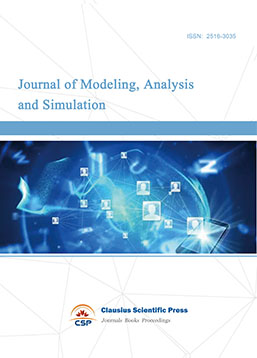
-
Journal of Privacy, Trust and Security
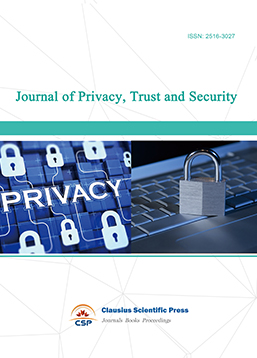
-
Journal of Cognitive Informatics and Cognitive Computing
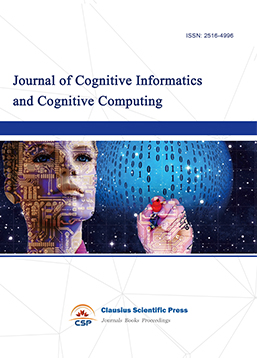
-
Lecture Notes on Wireless Networks and Communications

-
International Journal of Computer and Communications Security
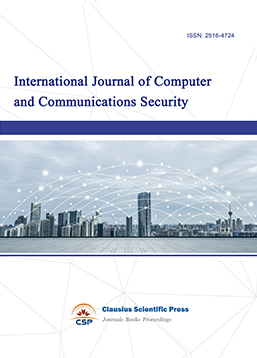
-
Journal of Multimedia Techniques
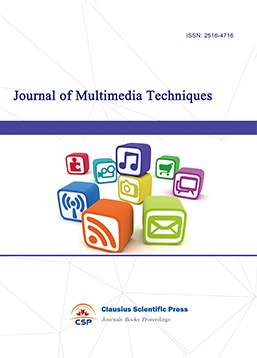
-
Automation and Machine Learning
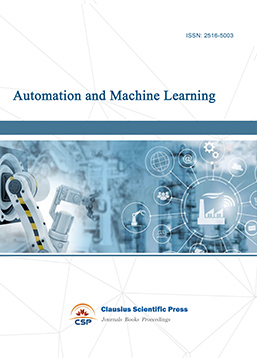
-
Computational Linguistics Letters
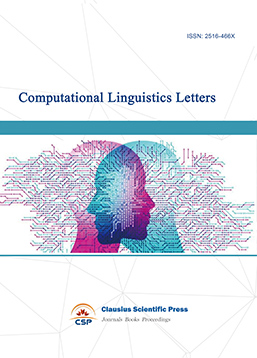
-
Journal of Computer Architecture and Design
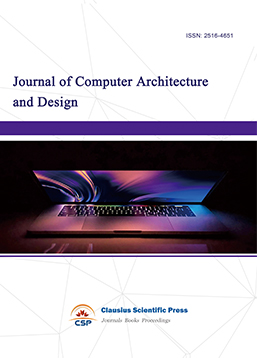
-
Journal of Ubiquitous and Future Networks
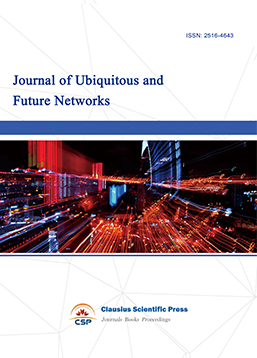

 Download as PDF
Download as PDF